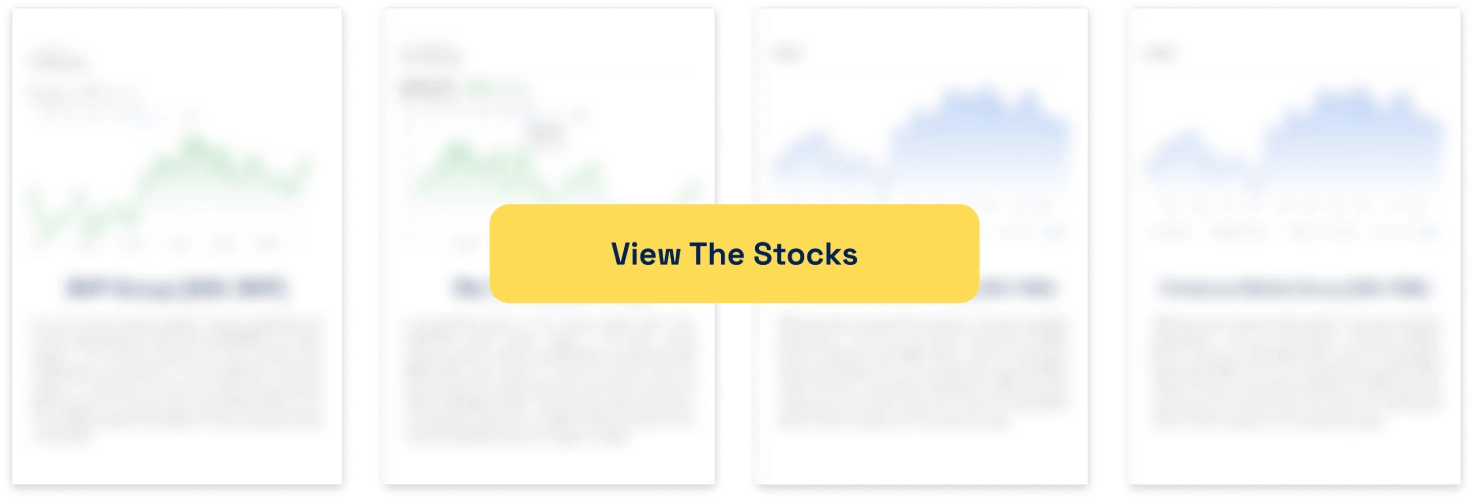Westpac Reports A$6.9bn Profit as Balance Sheet Strengthens
![]() Charlie Youlden, November 3, 2025
Charlie Youlden, November 3, 2025
Westpac Delivers Steady FY25 Result with Strong Capital and Continued Growth
The bank reporting season is always an important period for investors because it provides a snapshot of how the broader Australian economy is performing. Westpac, one of Australia’s largest banks and a cornerstone of the “Big Four,” delivered a steady full-year result that reflects resilience through a changing economic cycle.
The bank reported a statutory net profit of AUD 6.9 billion, down just 1 percent from last year, while its CET1 capital ratio strengthened to 12.5 percent. This signals stable earnings underpinned by an expanding balance sheet and prudent capital management. What stood out was how Westpac managed to sustain growth in deposits and lending despite softer margins, with performance tempered by higher expenses linked to technology upgrades and restructuring initiatives. These investments are a sign of where Westpac is heading, modernising its systems, simplifying operations, and positioning itself for stronger efficiency gains in the years ahead.
What are the Best Bank ASX Stocks to invest in right now?
Check our buy/sell tips
Westpac’s Net Interest Income Rises 3% Amid Competitive Mortgage Headwinds
One of the core metrics investors focus on when analysing a bank’s performance is net interest income, which represents the profit earned from lending after funding costs. For Westpac, this figure rose to AUD 19.47 billion, up 3 percent year over year, supported by a 3 percent increase in average interest-earning assets. Business lending was particularly strong, climbing 11 percent, while housing loans rose 2 percent.
However, competitive pressure in the Australian mortgage market continued to weigh on margins, with the net interest margin (NIM) easing slightly to 1.81 percent, down one basis point from the prior year. These results highlight a year of steady, sustainable performance rather than outsized growth. The strength in business lending signals improved productivity and business confidence, but tighter spreads across retail lending are a reminder that competition is limiting margin expansion.
Westpac’s UNITE Program Drives Higher Costs Today for Long-Term Efficiency Gains
When analysing Westpac’s cost structure, it’s clear that the bank is in the midst of a significant transformation phase. Total operating expenses reached AUD 11.9 billion, with around AUD 273 million linked to restructuring costs. Excluding these one-off charges, expenses rose roughly 6 percent, largely driven by continued investment in the UNITE transformation program, Westpac’s long-term initiative focused on simplifying systems, improving digital delivery, and reducing structural costs by FY2026.
Within the UNITE program, 34 percent of total investment spend was committed to modernising its technology stack and streamlining operations. Around 30 percent of expenditure was directed toward growth and productivity projects, including platforms like BizEdge, Digital Banker, and Westpac One, while 36 percent went toward risk and regulatory compliance upgrades.
The Outlook For WBC
Looking ahead, Westpac’s outlook for the next year will largely depend on the broader macroeconomic environment, factors like consumer spending, debt levels, and interest margins will all shape performance. The bank expects Australian GDP to rise to 2.1 percent in 2025, supported by easing inflation and gradual interest rate cuts. This should help lift housing credit growth to around 6.6 percent and business lending to roughly 9 percent, underpinned by improving confidence and investment activity.
With a solid balance sheet, stable net interest margin, and strong growth in business and institutional lending, Westpac enters the new financial year from a position of stability. However, investors should remain mindful of key risks. The competitive landscape among the Big Four banks continues to intensify, which could place further pressure on lending spreads and margins. Additionally, elevated cost growth, particularly around technology and regulatory compliance, remains a challenge.
Blog Categories
Get Our Top 5 ASX Stocks for FY26
Recent Posts
Webjet Sinks 22 Percent After Softer H1 Results and Weak Domestic Demand
Webjet Falls 22 Percent After H1 Revenue Dips and Domestic Flight Demand Softens Webjet (ASX: WJL) opened down 22 percent…
Javelin Minerals Jumps 2,900 Percent on Capital Consolidation
A Sharper Share Register Sets Javelin Minerals Up for Its Next Corporate Stage Javelin Minerals (ASX: JAV) surged an extraordinary…
Why Are Droneshield Shares Dropping and Should You Be Worried
DroneShield Selloff Tests Nerves, But Fundamentals Tell a Different Story DroneShield (ASX: DRO) experienced a sharp selloff this morning that…



